The Origins and Beliefs of the Eosphoros Cult
The Eosphoros Cult, revered for its symbolic connection to light and rebirth, has its origins deeply rooted in ancient civilizations such as Mesopotamia and Greece. The deity Eosphoros, often depicted as the “bringer of dawn,” represents not only the arrival of daylight but also the hope and renewal that dawn symbolizes. In numerous mythologies, Eosphoros is identified with the morning star, Venus, celebrated in rituals and narratives that signify the transition from darkness to light.
In the context of these ancient beliefs, Eosphoros is more than a celestial body; it is a personification of enlightenment and the cyclical nature of existence. The cult’s followers believed that Eosphoros was instrumental in the daily battle between light and darkness, a theme prominently reflected in various art and literature. For instance, in Hesiod’s works, Eosphoros is celebrated not solely as a star but as a harbinger of potential and transformation, a theme echoed in subsequent interpretations of this figure across cultures.
Rituals and practices associated with the Eosphoros Cult were designed to honor the cyclical regeneration encapsulated by the dawn. Ceremonies often included offerings at dawn, invoking the presence of Eosphoros as a guiding force. Altars were commonly adorned with symbols representing light, such as candles or flowers that opened in the morning. These culturally rich traditions underscored the deep-rooted reverence for nature’s rhythms and the vital role Eosphoros played in the spiritual lives of its adherents.
Through the lens of Eosphoros, one can observe a profound interconnection between the celestial and terrestrial realms, illustrating how the ancients embodied their understanding of the universe within the worship of this illuminating figure. The beliefs that surrounded Eosphoros shaped the cultural landscape, leaving an indelible mark on the religious practices of the time.
Modern Interpretations and Revivals of the Eosphoros Cult
The Eosphoros Cult, with its origins rooted in ancient practices, continues to inspire contemporary spiritual movements and personal rituals. In recent years, there has been a revival of interest in the Eosphoros Cult, particularly as individuals seek deeper connections with metaphysical themes such as enlightenment, transformation, and harmony with nature. This resurgence highlights the desire for a modern spirituality that resonates with ancient wisdom.
Modern interpretations of the Eosphoros Cult often incorporate aspects of various spiritual practices, merging them into unique rituals that honor the historical context while making them accessible to today’s practitioners. These rituals may include meditative practices, earth-based ceremonies, and visualizations that draw on the symbolism of light and the transformative power attributed to Eosphoros, the bringer of dawn. As adherents aim to connect their personal journeys to the broader continuum of spiritual history, they often find solace and guidance in the metaphorical lighting of the path toward self-awareness.
The role of the Eosphoros Cult in current spiritual or esoteric movements is significant, as it provides a rich tapestry from which modern seekers can draw inspiration. Many contemporary groups have adopted elements of Eosphoros beliefs, promoting rituals that emphasize personal empowerment and community connection. Practitioners frequently engage in discussions about their experiences with these modern revivals, sharing how the teachings of the ancient cult have influenced their lives.
Interviews with modern practitioners reveal a compelling narrative of transformation. Many articulate how the principles of the Eosphoros Cult encourage them to reconnect with the earth and cultivate inner light. Through such insights, the relevance of Eosphoros in today’s world becomes clear, showing that this ancient cult’s messages are not only timeless but also integral to contemporary spiritual exploration.
